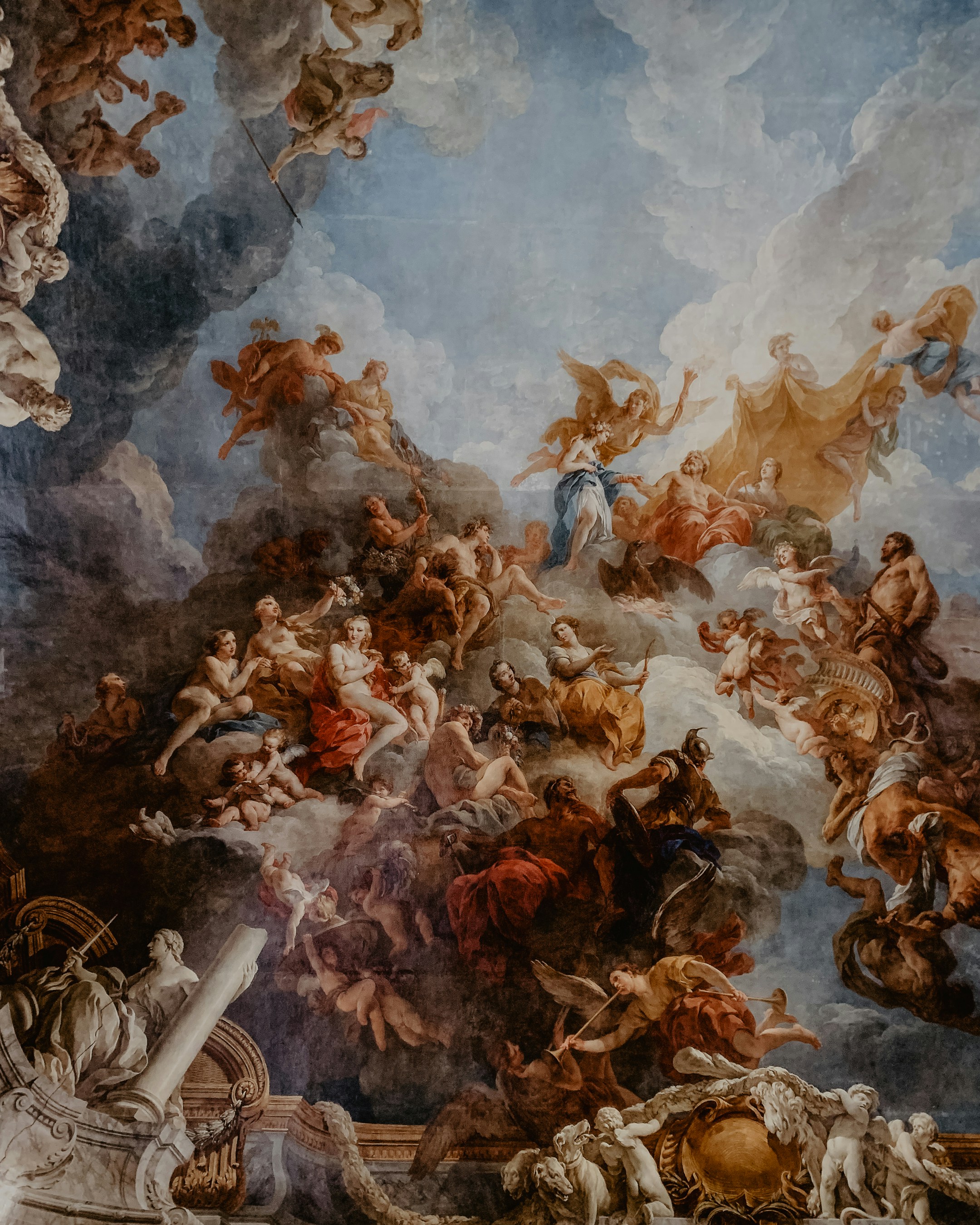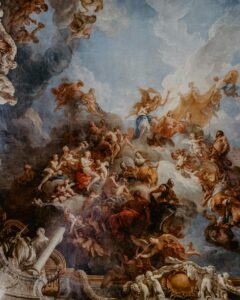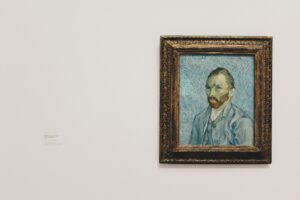
Caravaggio: The Master of Baroque Art, Murder, and Crime
The European art history, especially after the Renaissance, flourishes with numerous art masters and masterpieces. Specifically, in the 17th century, Baroque art took dominant control of artistic trends. It was characterized by its rich emotions and dramatic composition, developed during the Catholic Counter-Reformation in response to the rise of Protestantism (which was regarded as a potential threat to the Catholic Church). To familiarize ourselves with this art style, taking The Calling of Saint Matthew, a notable example, may help us understand the essence of Baroque. This article will take you through some commentary on this artwork. More importantly, the artist that created this painting, Caravaggio—his life was significantly more dramatic than his painting. Perhaps beyond interpreting artworks, learning about the legendary lives of artists is also an important part of studying art history.
The artwork is titled, The Calling of Saint Matthew, painted by the famous Italian baroque artist, Caravaggio.
In the painting, Caravaggio skillfully captured the exact moment when Jesus called on Matthew to follow him; Matthew later became one of Jesus’ apostles. Because of its rich emotions and dramatic depictions, this artwork is remembered in art history as one of the most typical examples of Baroque art, which was the art trend that began in Italy in the 1600s and was characterized by great dramas and rich colours.

Jesus, the figure with his finger extending, pointing at Matthew, is entirely covered in shadows; behind him is the only light source of the entire scene, which serves to symbolize Jesus’s saintly nature. On the left is Matthew, who was still a tax collector at the time, along with his fellow colleagues, who were surprised by Jesus’s demand. On the very left of the painting, there are two tax collectors that did not even realize the presence of Jesus, perhaps indicating that they are so indulged in the mundane and material world that they cannot even respond to callings from spiritual leaders.

This stark contrast between the holy and the mundane world is depicted in such a dramatic way, that perhaps an interconnectedness between the two can be inferred—Matthew entered the spiritual world of Christianity, while Jesus engaged in worldly matters by choosing to enter into a tavern to interact with these tax collectors, who were considered representatives of sins and corruptions.

An accomplished master of his art, Caravaggio, however, is even more famous (notorious is perhaps the better adjective) for his own life experiences compared to his art like The Calling of Saint Matthew. In fact, his life experiences are considered even more dramatic than his baroque art. Back in the early 1600s, Caravaggio had gone to court almost a dozen times for crimes such as assaulting others with swords and writing defamatory poems. Further, he was even found responsible for killing a man; after his deeds were exposed, Caravaggio eventually chose to flee to Rome in avoidance of trials and legal punishments. It was also in Rome that he ultimately died of mysterious causes.

Caravaggio undoubtedly cannot be considered a well-behaved and moderate man—perhaps due to his childhood experiences of losing both parents in plagues, he grew a notorious attachment to drinking, gambling, and fighting. His libellous poems, for instance, accused and spread rumours of a non-existent unethical relationship between another artist and the artist’s wife. The coarse language in this poem is certainly not appropriate to be shown—it includes plenty of vulgar swear along with ill-mannered sexual language. Because of this poem, Caravaggio was eventually brought to court and sentenced two weeks in prison.
As for the story of Caravaggio’s murder—it was some interesting records of this master artist’s personality and moral behaviours. According to art historian Andrew Graham-Dixon and his documentary, Caravagio was fighting over a prostitute with another man, Ranuccio Tomassoni, whom he later killed “while attempting to castrate him.”

During his exile flight to Rome, Caravaggio passed away at age 38, on July 18 of 1610. No one can be certain of the exact cause behind his sudden death—he seemed to be in good physical status since he was still working on artworks on commission even when he was a wanted criminal under the death sentence put forward by the pope. Some suggestions include death from sword wound infections and even paint poisoning.
At the end of the day, while remembered for his tremendous contributions to art history and baroque art development, Caravaggio’s history of murder, assault, and crimes can never be forgotten either. While admiring his artistic talents and accomplishments, perhaps we shall be reminded of the unrelatedness between career success, artistic expertise, and personal morality.
Sources:
https://www.biography.com/artists/caravaggio-italian-painter-criminal-murderer
https://www.arthistoryproject.com/artists/caravaggio/
